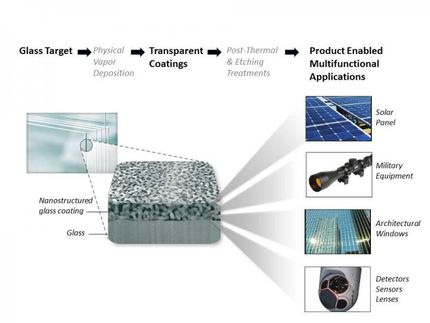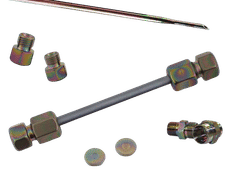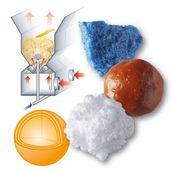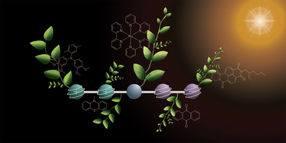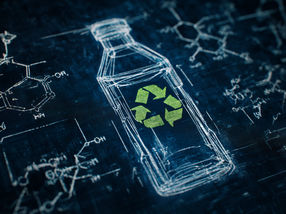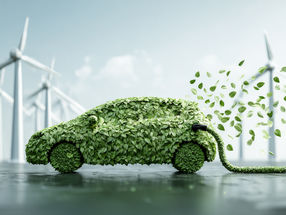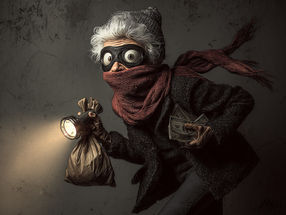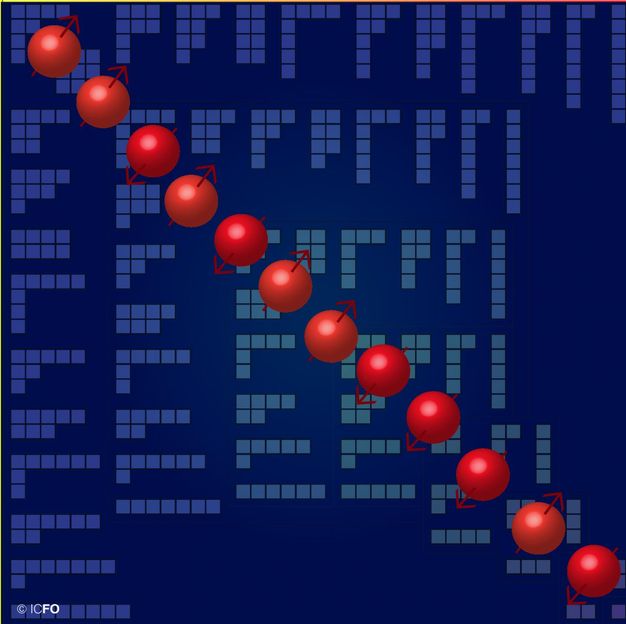Flawless Protection for the Car - How Coatings Become Scratch Resistant
Advertisement
It fills all drivers with dread: a scratch in newly polished paint. After all, for most people the exterior of their car is very important. It is supposed to be smooth, sparkling and flawless. But the human eye is an implacable instrument - it discerns even the smallest scratches in a shining surface. That is the trouble with high-grade automobile finishes: Any trace of washing brushes, whipping branches or playful dog paws diminishes the beautiful shine. Researchers at BASF coatings AG in Münster are therefore working intensively on augmenting the many positive characteristics of their coatings with an unusual scratch resistance or even giving them "self-healing powers." It is conceivable that the chemists will soon be able to "program" their molecules in such a way that they repair at least minor damage themselves. Much as one can now provide metal alloys with a memory for certain forms, mechanisms for self-organization would in this case act at the molecular level. The smaller the mesh, the better the net In the case of car finishes, much more is at stake than mere aesthetics. The topmost layer, the clear coat, forms a buffer with many functions: It withstands a number of environmental influences, such as sunshine, bird droppings, salt, loose chippings, acid rain and extreme fluctuations in temperature. Making the paint finish even more scratch resistant requires having exact knowledge of its chemical composition and physical properties. In the liquid state, for example, paint contains what are called "functional groups." By that chemists mean special places in a molecule at which something can happen - at which chemical reactions occur. That is exactly what happens when the paint hardens; the groups combine and, in doing so, they form a three-dimensional network. BASF researchers have "played" with model paint finishes that are scratch resistant to various degrees. The result: What matters is the mesh size of the network. "The result is clear," reports Dr. Klaus Dieter Plitzko, head of the worldwide Coatings Research unit of BASF. "The more tightly the network is knit, the more resistant paint finishes become to mechanical damage," he notes. In particular, the scratches that are permanent, and therefore especially annoying, occur less often. The ambitious goal of the scientists in Münster is to make their products even more resistant to scratches while maintaining their proven chemical stability. To this end, they are looking for new components that offer many linking points and can therefore form an especially close-meshed network - one not even wire brushes can harm. This goal can be achieved with a variety of chemical designs. Currently three variants are competing with one another in a neck-and-neck race. "Suntan lotion" for coatings In the past ten years, great progress has been made in the development of new clear coats. The best materials for them have proven to be highly reactive polyurethanes that are formulated as two-component systems and mixed together precisely just before use. In the past decade, the clear coat has also received an effective protection against "sunburn," - a light stabilizer consisting of a combination of UV-absorbers and so-called free radical scavengers. The selection and mixture of the right "suntan lotion" are crucial for the resistance to weathering and the effects of aging. Because of the high quality that has been attained, automakers can now give a "lifelong" guarantee for the paintwork. The race to scratch resistance has not yet been decided To return to the different systems' race to achieve scratch resistance, one track is to apply the principle of the well-known Ceran cooking surface, which consists of a special, rolled glass-ceramic. Those with culinary interests know that these surfaces can even be worked with abrasive cleansing agents without causing a scratch. The crucial task is overcoming the brit



